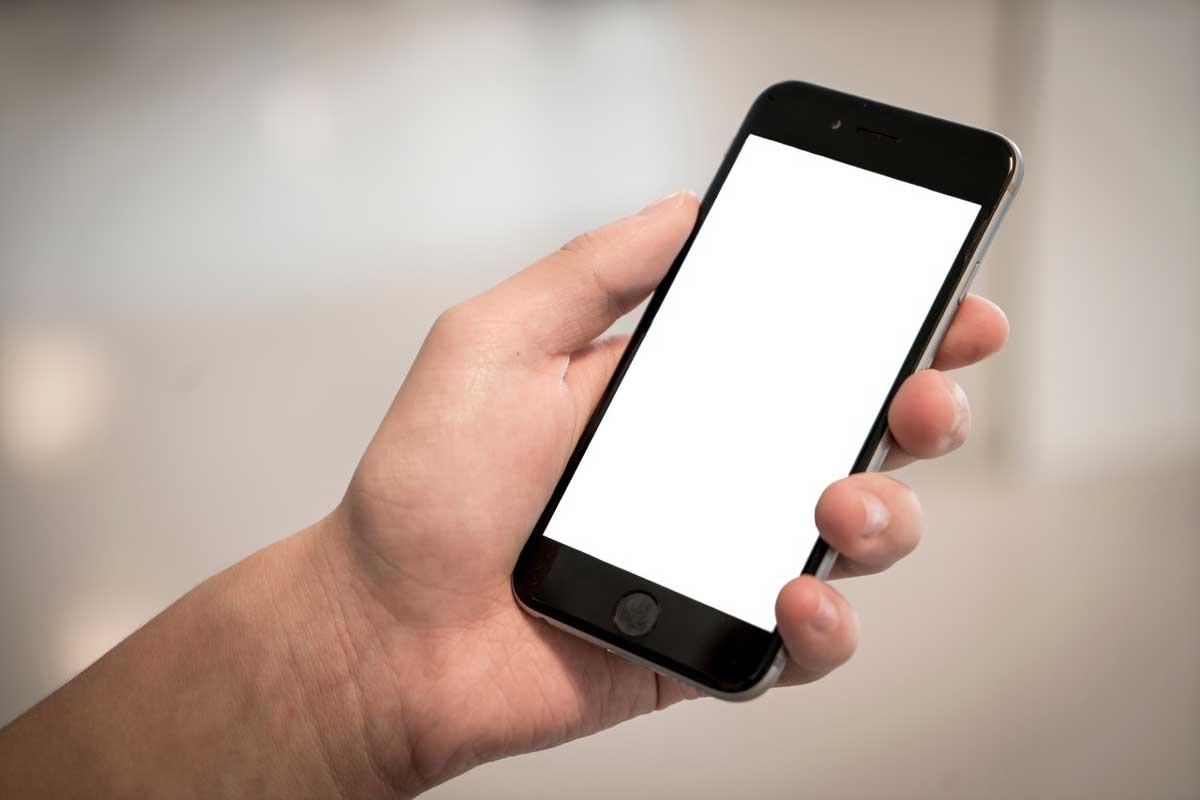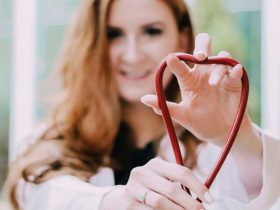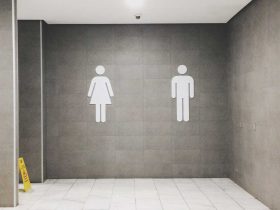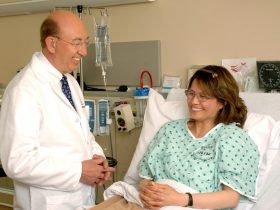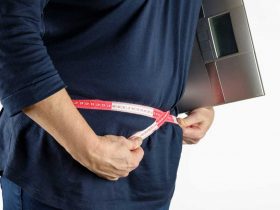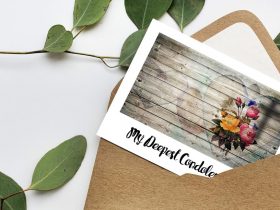By Nancy Collins, PhD, RDN, LD, NWCC, FAND
These days, most people have a camera in their pocket, giving family members the ability to take their own wound photographs.
When we talk about wound photography, we usually are referring to health care professionals (HCPs) taking periodic photographs to document the healing process as part of a patient’s permanent medical record. In fact, some new cameras are made specifically for this purpose. Some of these cameras not only capture an image but also can provide wound measurements, and some even offer automated integration into the patient’s electronic health record.
Today, however, HCPs are not the only ones with cameras. Family members or visitors to a wound clinic or health care facility usually have a camera with them, and they love to use it. This has raised new questions in wound care because many of these unofficial photographs become introduced as evidence in lawsuits.
Imagine you are the wound care nurse in a long-term care facility, and you enter the patient’s room to do a dressing change on a sacral pressure ulcer. The patient’s daughter and son-in-law walk in for a visit about halfway through the treatment. Upon seeing them enter, you reach for the bedsheet to cover the patient’s exposed buttocks for privacy, but both the patient and the wound are exposed for a few seconds.
“Good lord,” the daughter exclaims in horror. “What have you done to my mother?” The questions start flying one after another. “How long has she had that?” What are you doing to treat it?” “Why weren’t we told about this?” “How could you let this happen?
A routine dressing change quickly has escalated into an emotional situation and a photo session. This is not fiction, and this is not unusual. Lay people are not used to seeing wounds, and even though we might tell them that their loved one has a pressure ulcer, they really don’t have an image in their head of what this might look like. This type of scenario is playing out in health care facilities all across the country and all too often in courtrooms.
When visitors want to take photographs or even videos of wounds and treatments, they often are discouraged from doing so by medical professionals. HCPs invoke the Health Insurance Portability and Accountability Act (HIPAA) or vague facility policies as the reason why this is not allowed. Knowledgeable visitors simply say something like, “Mom, can I have permission to photograph your wound?” and invariably Mom says “yes” or nods and the photography proceeds once permission is granted. Policies also are not a deterrent, because it is almost certain that the camera will come out as soon as the HCP leaves the room, allowing family members to take as many photographs as they want.
In this Internet age with everything posted on social media, Twitter alone has literally hundreds of hits under #nursinghomeabuse and #badcare. These posts discuss wounds, as well as falls, overmedication, financial misdoings, sexual abuse, and much more. Because it is pretty safe to assume that any visitor who really wants a photograph is going to get one, why do we try so hard to stop this? Perhaps, the best way to handle this situation is to cooperate with it and become more forthcoming.
Imagine the same scenario previously described but with a twist. You are doing your dressing change on the sacral pressure ulcer when family members enter the room and see the wound uncovered for the first time. They are taken aback and ask all the same questions, and they want to take photographs. Instead of taking the defensive position and telling them photography is not allowed, you tell them that despite all the precautions that are taken sometimes a pressure ulcer will occur because of a patient’s medical condition. Explain that you are working with the physician to heal it as soon as possible. You tell them about the specialized treatment you are doing and teach them about what they are looking at.
Rather than create a “you” versus “us” situation, you show them you are both on the same team—that of the patient. If they still want to take photographs, you teach them how to do it properly, so that it is possible to measure progress week to week from similarly positioned photos. De-escalating the initial emotional response is warranted, but all too often, the defensive stance is taken right away, making people wonder what we are hiding. Open communication can go a long way toward creating an atmosphere more conducive of caring.
In my work as a legal expert, it is becoming more and more frequent that the facility does not have any wound photographs, yet the family supplies their own. Often these photographs are blurry, dark, and have no physical orientation. More often than not, the facility had no idea these family photographs even existed and seem surprised when they are produced.
None of this helps in a litigious situation. The fact is that people who want photographs will get them. This is not much different than family members who keep daily diaries about care. We certainly can’t prohibit them from using a paper and pencil to capture information, so why do we look at a camera so much differently?
The key to limiting legal exposure is to become confident in the care and treatment you are providing. If you feel you are providing state-of-the-art wound care, indicate that you are proud of this and show it off. Make the family part of the team. Your job is not only to treat the wound but also to educate. Teach the family a little about wounds—how they heal or why they stall and may not heal as quickly as we’d like. Remember, we do this every day, but this is probably the first time their loved one ever experienced anything like this, and it is scary.
Most lawsuits start out of frustration and broken trust. I have never seen any plaintiff say during a deposition that the care team was made up of the kindest, most knowledgeable HCPs who regularly communicated with the family and helped them through this difficult period. Become that person—they are the ones who do not get sued.


